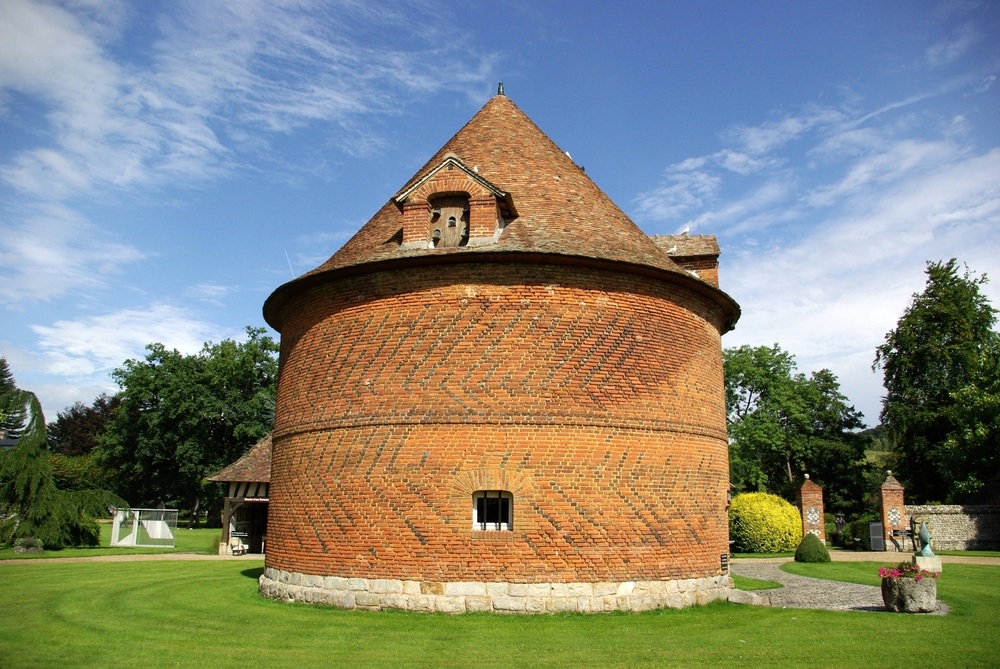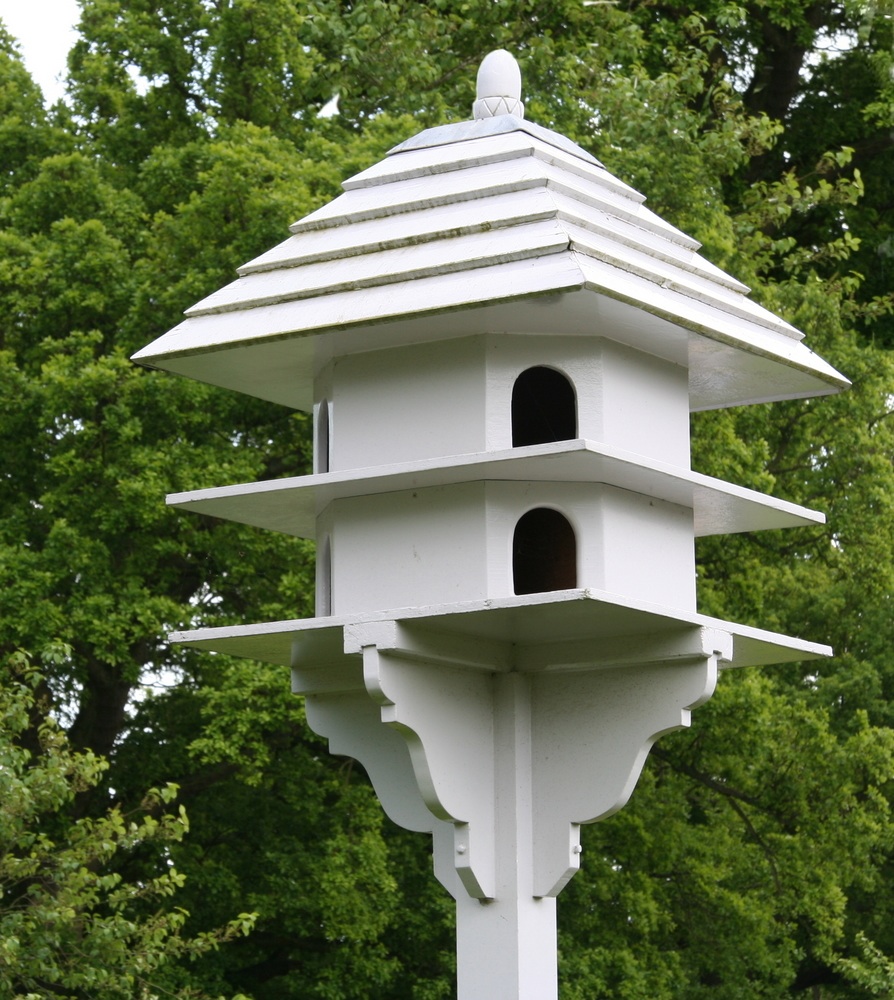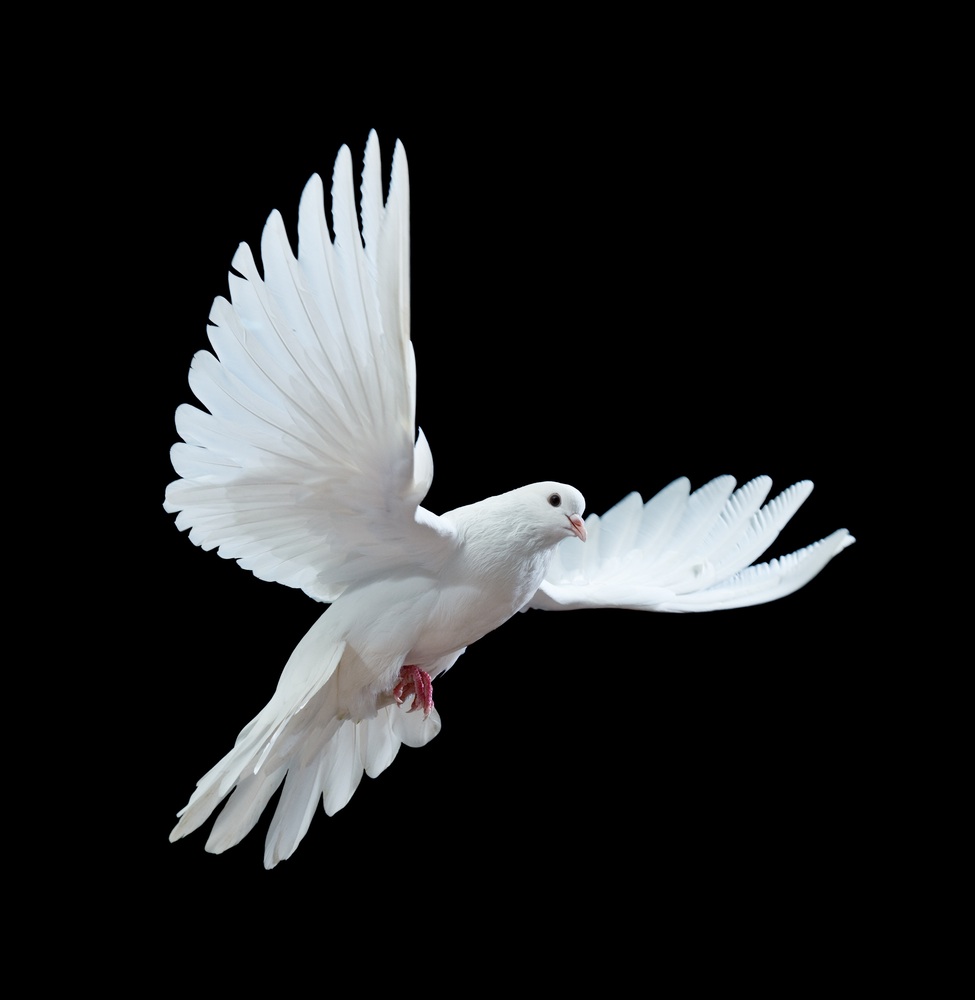The development of dovecotes

Dovecotes have been a feature of the British landscape for over a thousand years. They used to be a common sight especially at monasteries, where the young birds, called squabs, were highly valued for food. The structures could be massive buildings in some cases, housing hundreds of birds which foraged for food in the locality, much to the annoyance of local farmers. Some of these huge dovecotes have survived, and are now protected buildings, as you can see here.
The keeping of ornamental doves in garden settings started to become popular during the 1920s, and this trend has continued right through to the present day. When choosing a locality for a dovecote, a sheltered yet secure site will be essential, away from the front of your home where it could become a target for vandals. It is also important to avoid a position near to trees or fences, from where cats might be able to reach the birds.
You do not necessarily have to have a free-standing dovecote. There are designs which can be attached to a building such as a brick-built outhouse, supported by suitably strong brackets. Seek professional advice before adding a structure of this type here however, because even a small dovecote will be heavy.
* NEWS FLASH: If you're interested in keeping and breeding pigeons and doves in aviaries, don't miss David Alderton's new ebook, now available here at Amazon.com , Amazon.co.uk and Amazon.de
Building the structure

Although you can purchase a ready-built dovecote, it is not too difficult to construct your own. The interior of the dovecote needs to be kept dry, while externally, it obviously needs to be attractive, to provide a focal point in the garden. The base of the structure needs to be about 1.22m (4ft) square. This should be made of relatively thick, marine plywood which will not warp readily. The house itself should be designed to fit on top of this platform, in the centre, with the birds landing around the edge. A simple box divided internally into four separate units will suffice for this purpose. It will need to be approximately 61cm (2ft) square, so as to give compartments which are about 30cm (1ft) square.
The walls should be constructed using tongued and grooved timber, to give both an attractive appearance, and a snug interior. Entrance holes, measuring 10cm (4in) square, should be cut at the bottom of the house section, to enable the birds to enter the compartments easily from the landing platform.
The roof is important. It must slope adequately, to allow rain to run off easily, with a slight overlap as well, so that the water cannot run down the sides of the dovecote and into the structure itself. An apex roof is the most attractive option, although this can be harder to construct, because the ends of the dovecote will have to be cut to accommodate the apex, and ensure a snug fit here. It also helps if the roof itself is hinged, to give easy access to the interior. Marine plywood is the best choice for the roof. In turn, this needs to be covered with roofing felt.
Mounting the dovecote
Although it may be more attractive to mount the dovecote on top of a rustic pole, it is likely to be safer to use a stout length of timber for this purpose, which can be fixed into a metal fence post. This will help to anchor the length of timber securely into the ground, and should help to prevent it rotting here, where it will be most vulnerable to decay.
Use tanalised timber for the supporting upright. This is pre-treated under pressure, with the preservative then penetrating much further into the wood than is possible when applying it with a paintbrush. As a result, tanalised timber therefore has a much longer lifespan even where it is in contact with the soil.
It is not just a coincidence that dovecotes are often painted white. This serves to highlight the structure from a distance away, and so helps the birds to find their way back home. This applies to the roof as well, so that it too should be painted white to improve its visibility.
When you start out with a dovecote, it is a good idea to do so on a modest scale. In an urban area especially, a large collection of free-flying birds can prove to be a source of annoyance to neighbours, congregating and nesting on their roofs or plaguing their gardens. This is likely to lead to complaints.
Choosing the birds

white doveWhile ordinary white garden pigeons will be a good choice for a dovecote in the garden, there are more than 600 different varieties of fancy pigeon recognised for show purposes today. There is often confusion about pigeons and doves - they are basically the same, although generally pigeons are larger in size.
Aim to acquire young, unrelated stock in the first instance. Such birds should settle more readily in new surroundings and are less likely to fly back to their previous home. They will need to be kept in the vicinity of the dovecote and fed here, to become accustomed to these surroundings. It is often better to begin with just a single pair, and allow them to breed, removing unwanted youngsters just before they fledge, which you can then sell or swap to acquire new blood.
Otherwise, you are soon likely to be over-run with doves, because they tend to be prolific. Laying clutches of two eggs, a pair may rear as many as a dozen youngsters in the course of a breeding period which is likely to extend from the early spring through until the late autumn in temperate areas. They may nest throughout the year in warmer latitudes. The other alternative is simply to prick the eggs with a pin as soon as they are laid. The birds will sit on them at first, but they will then fail on hatch.
For more information about white doves, click here.